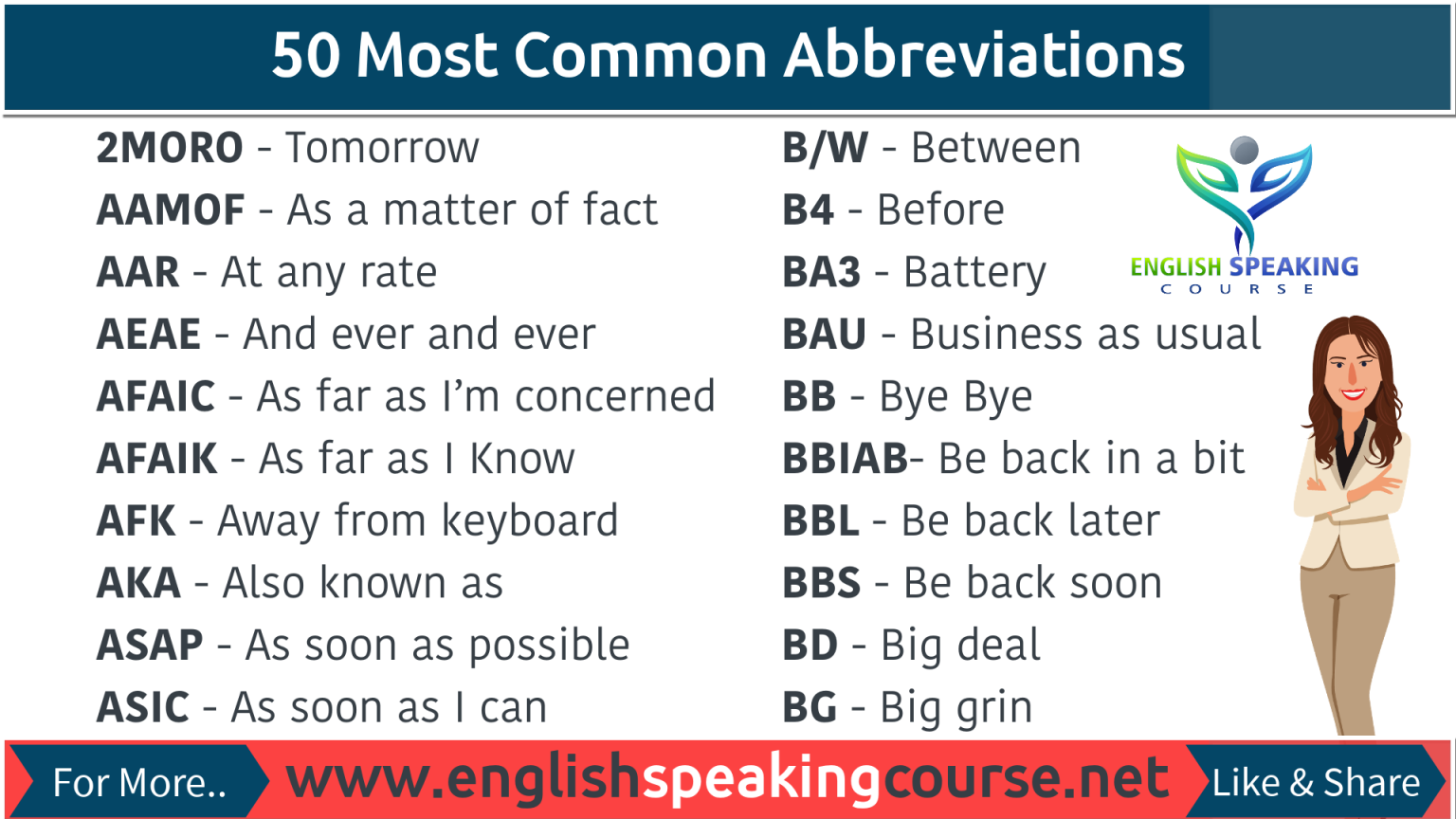
'We can see a range of clever to practical acronyms as people look for speed and limited thumb work - plus of course it feels good to be in the know, especially on more subversive terms,' Mr Ward said. The top ranking term was, LOL which was used a total of 1,242,935. Using social listening tools, monitored trending terms used by Australians on Twitter from April 1 to June 30. managing director Julian Ward said the various different shortcuts, which range from the the compassionate ILY (I Love You) to the more profain WTF (What the F***) are commonplace now and indicate the changing way people harness social media. Those using the abbreviations do so as a tactic for speed in text communication, a university professor on linguistics said, while others just choose to do so because they are a code that older people don't quite understand. The minefield of new meanings, at least according to social media marketing agency, have grown from the days of the simple yet effective LOL (Laughing Out Loud) abbreviation to a list as long as 60.Īnd the social media savvy are now employing them in every day communication. In modern word-formation sometimes ad- and ab- are regarded as opposites, but this was not in classical Latin.Young people are now employing a raft of new abbreviations for their social media discussionsĪn emerging list of new-age abbreviations have begun to dominate the way social media users connect and communicate - and it is only set to get longer. The process went further in England than in France (where the vernacular sometimes resisted the pedantic), resulting in English adjourn, advance, address, advertisement (Modern French ajourner, avancer, adresser, avertissement). Over-correction at the end of the Middle Ages in French and then English "restored" the -d- or a doubled consonant to some words that never had it ( accursed, afford). In many cases pronunciation followed the shift.

in words it had picked up from Old French. In Old French, reduced to a- in all cases (an evolution already underway in Merovingian Latin), but French refashioned its written forms on the Latin model in 14c., and English did likewise 15c. Simplified to a- before sc-, sp- and st- modified to ac- before many consonants and then re-spelled af-, ag-, al-, etc., in conformity with the following consonant (as in affection, aggression). Word-forming element expressing direction toward or in addition to, from Latin ad "to, toward" in space or time "with regard to, in relation to," as a prefix, sometimes merely emphatic, from PIE root *ad- "to, near, at."


 0 kommentar(er)
0 kommentar(er)
